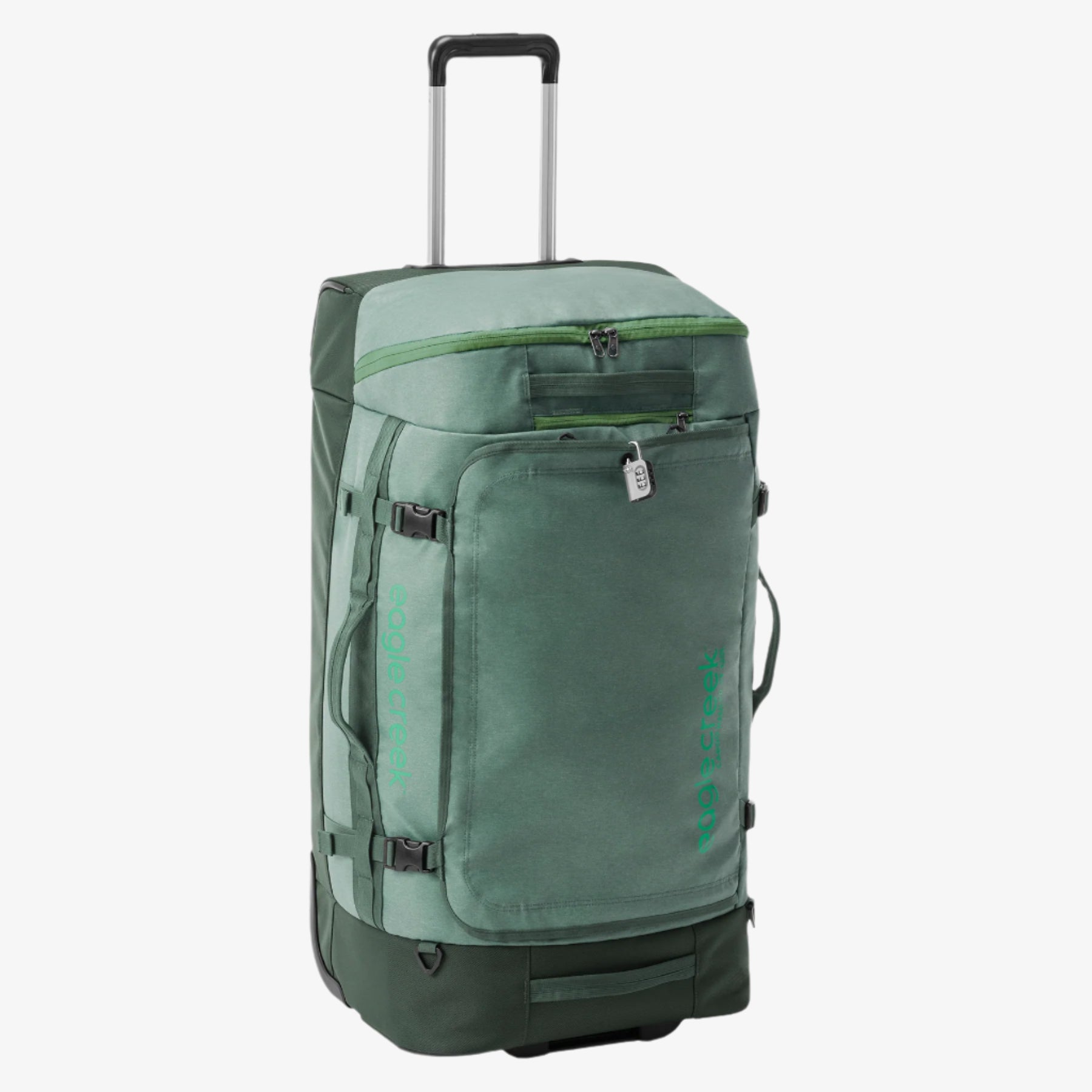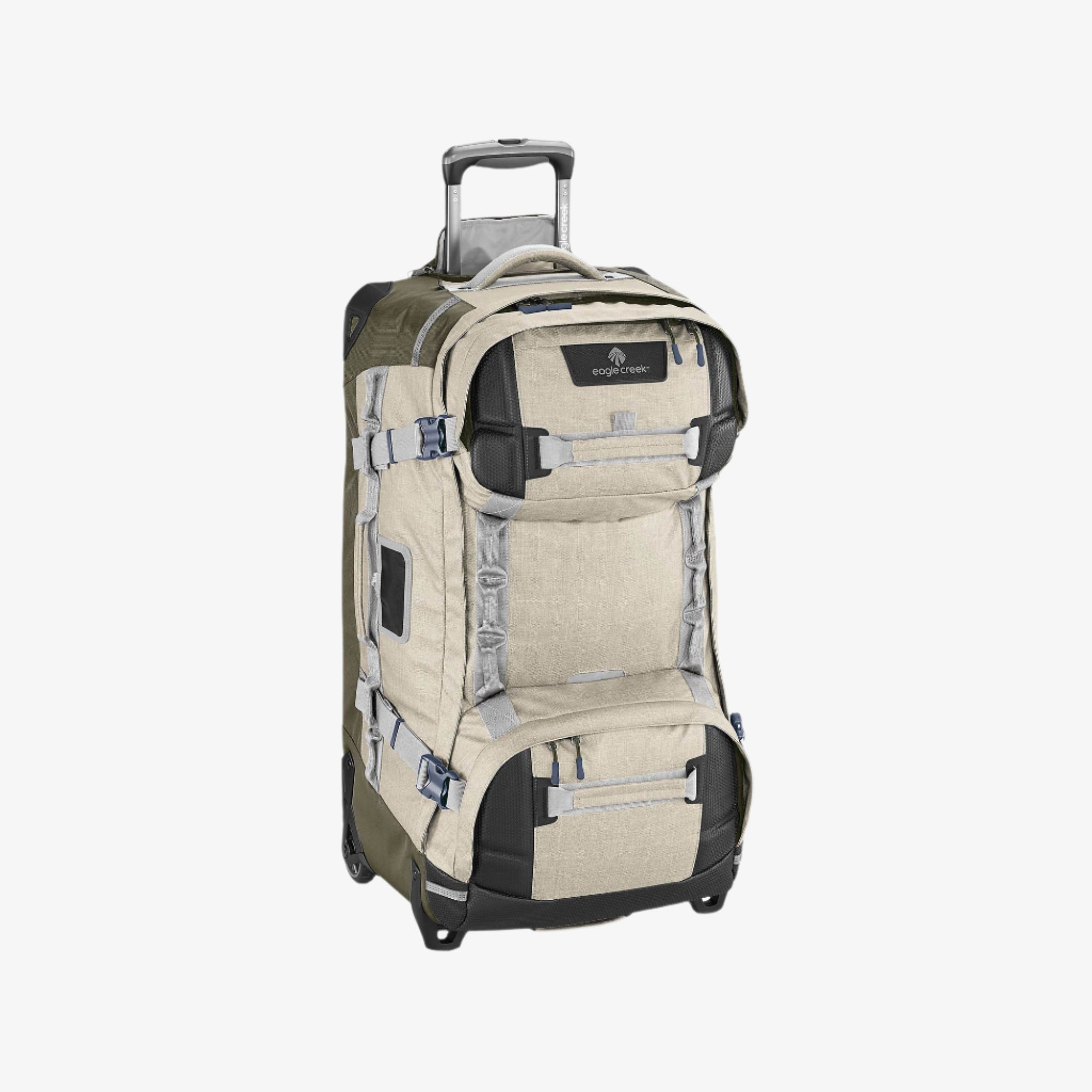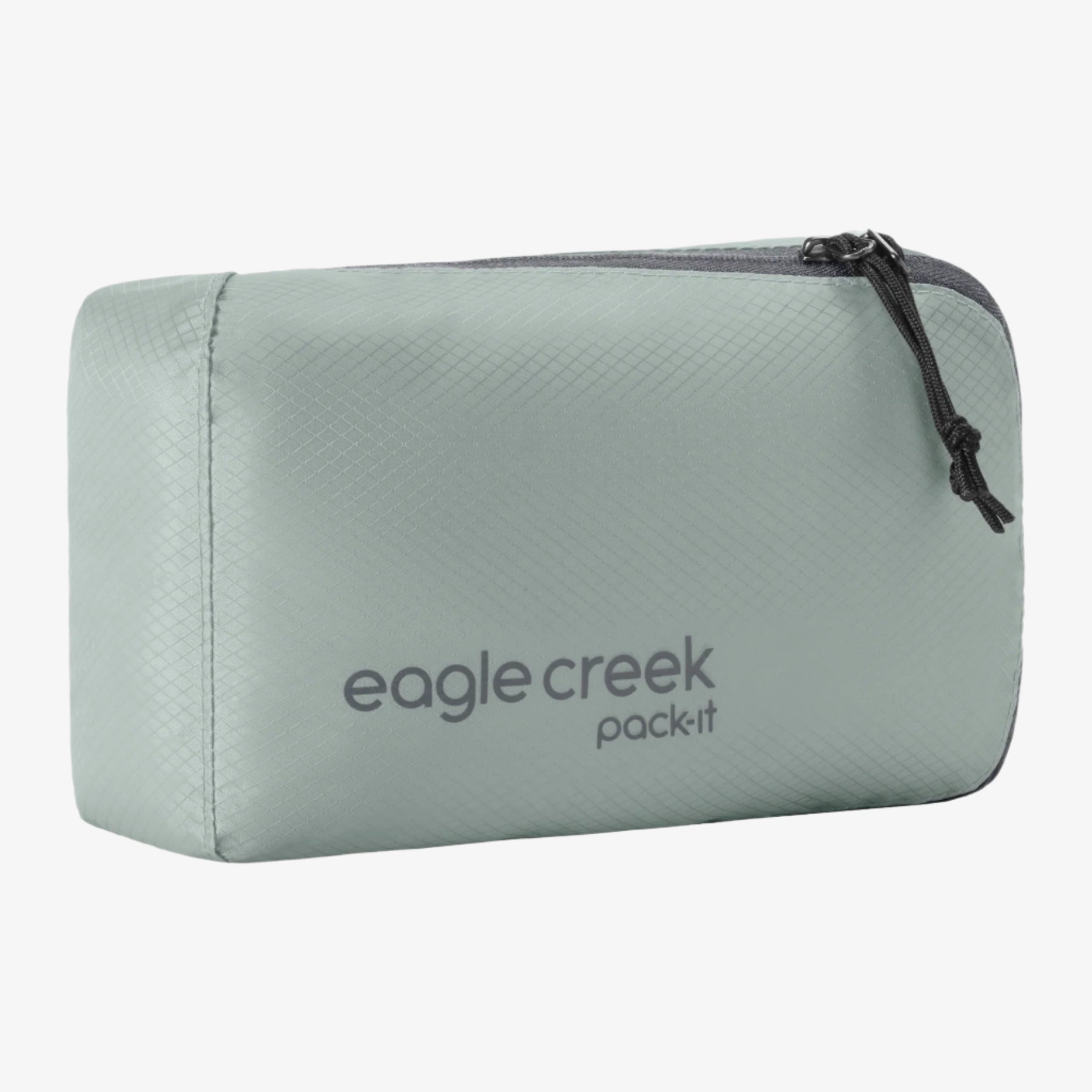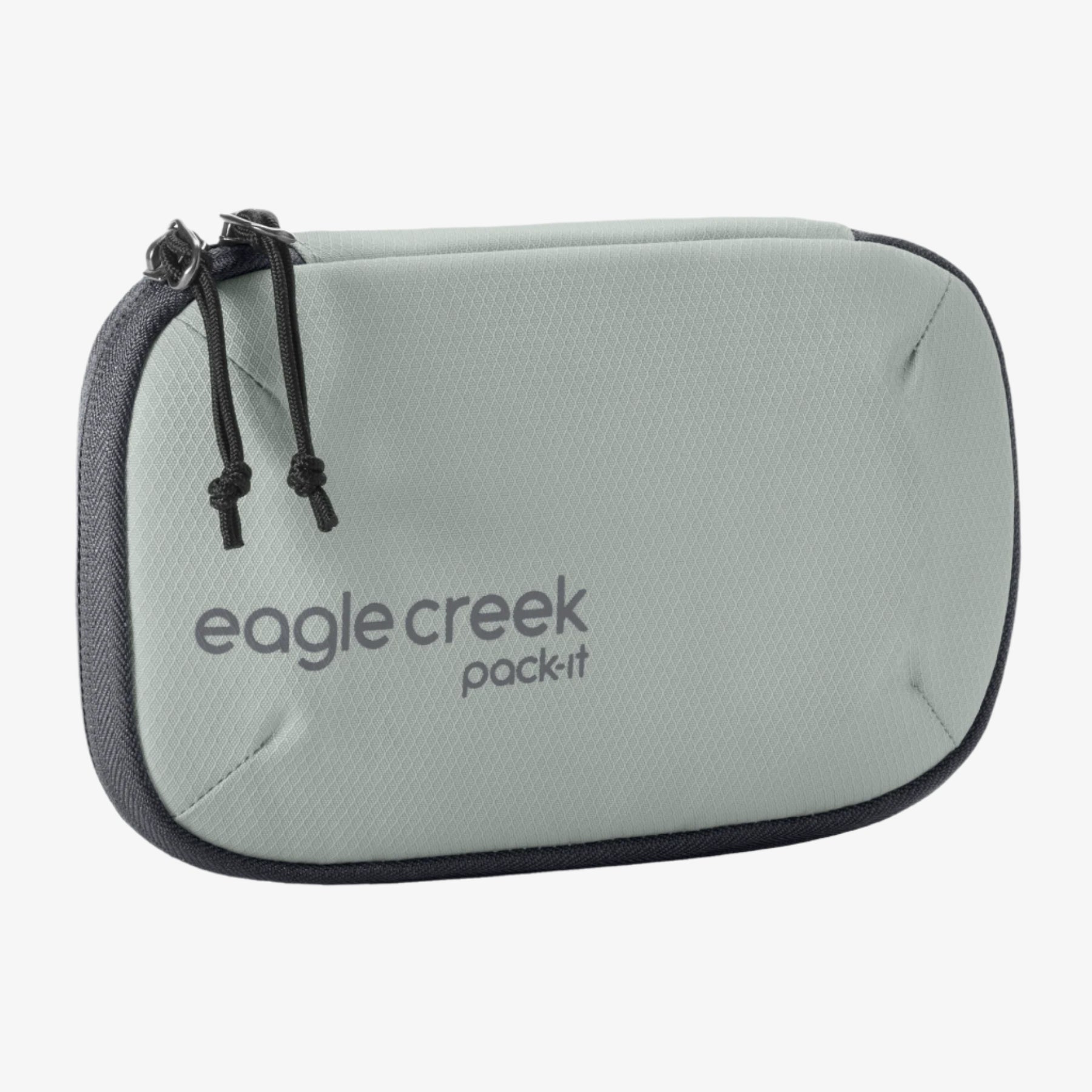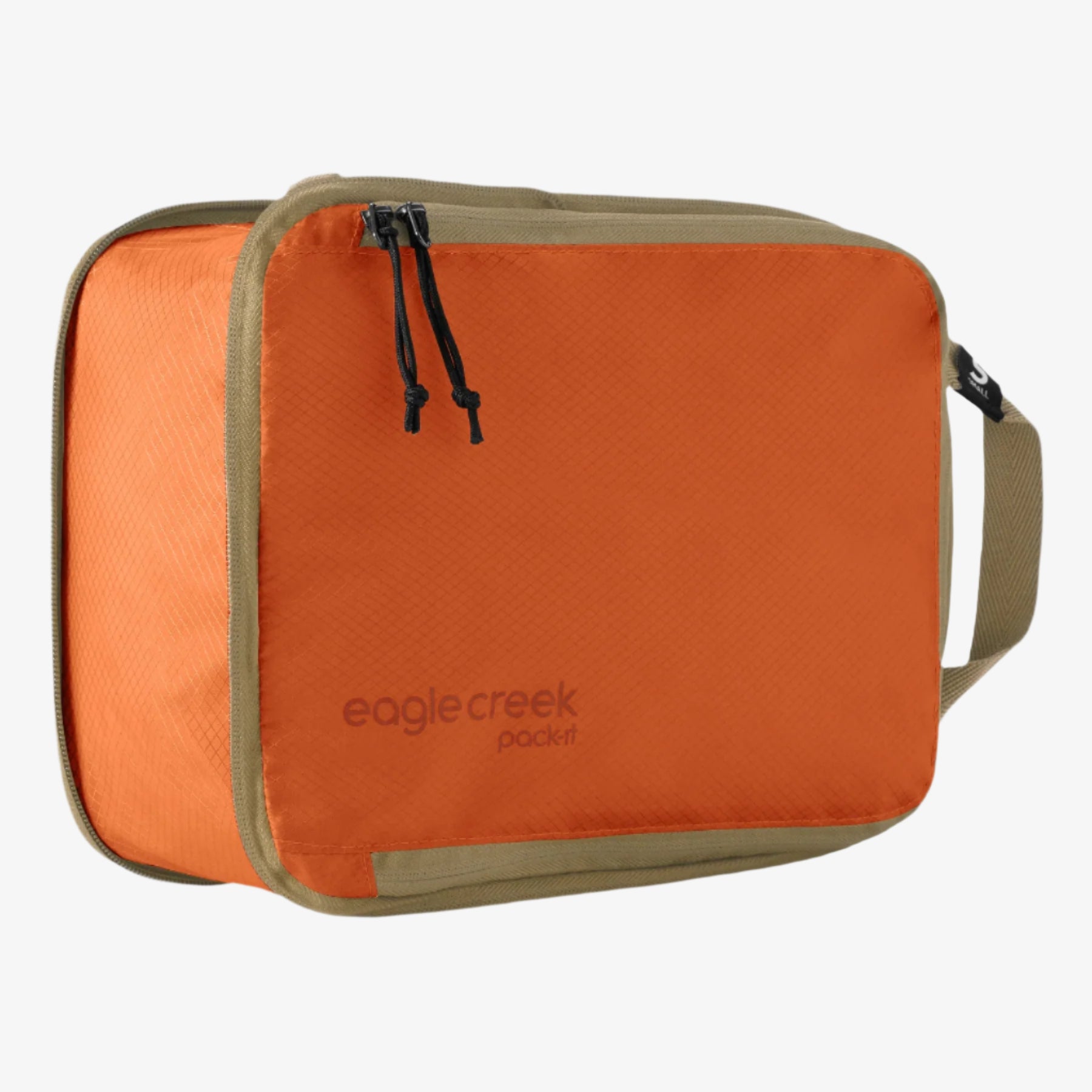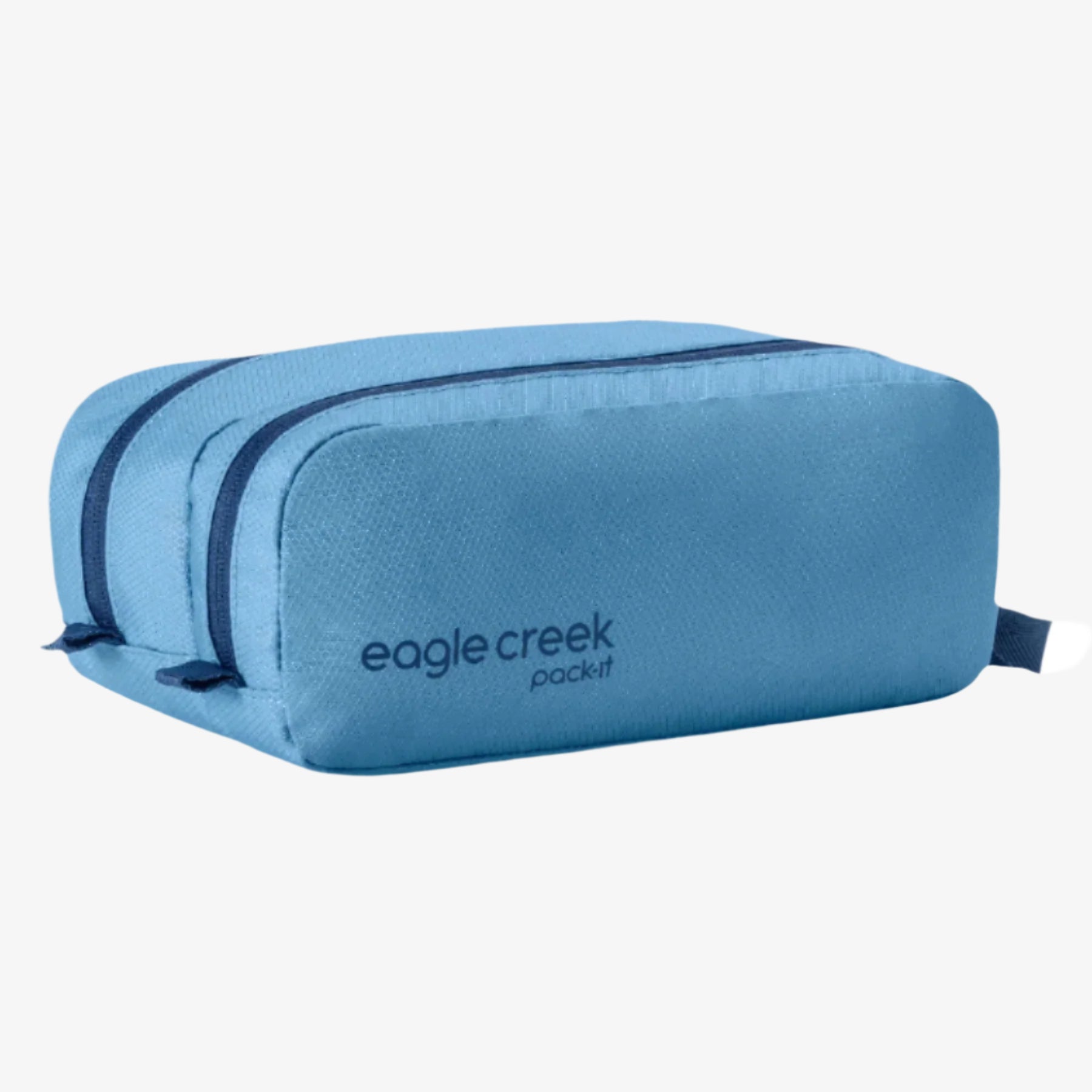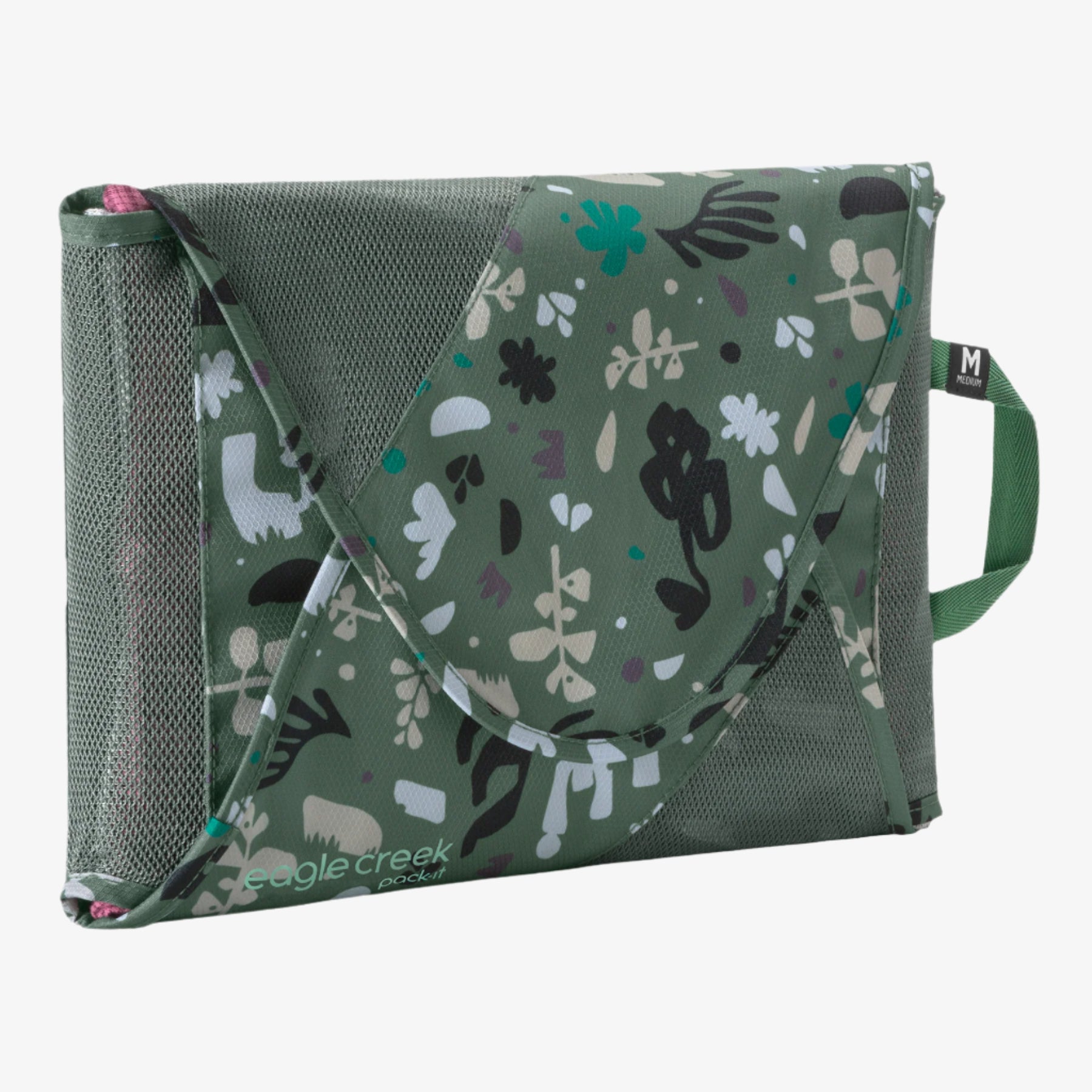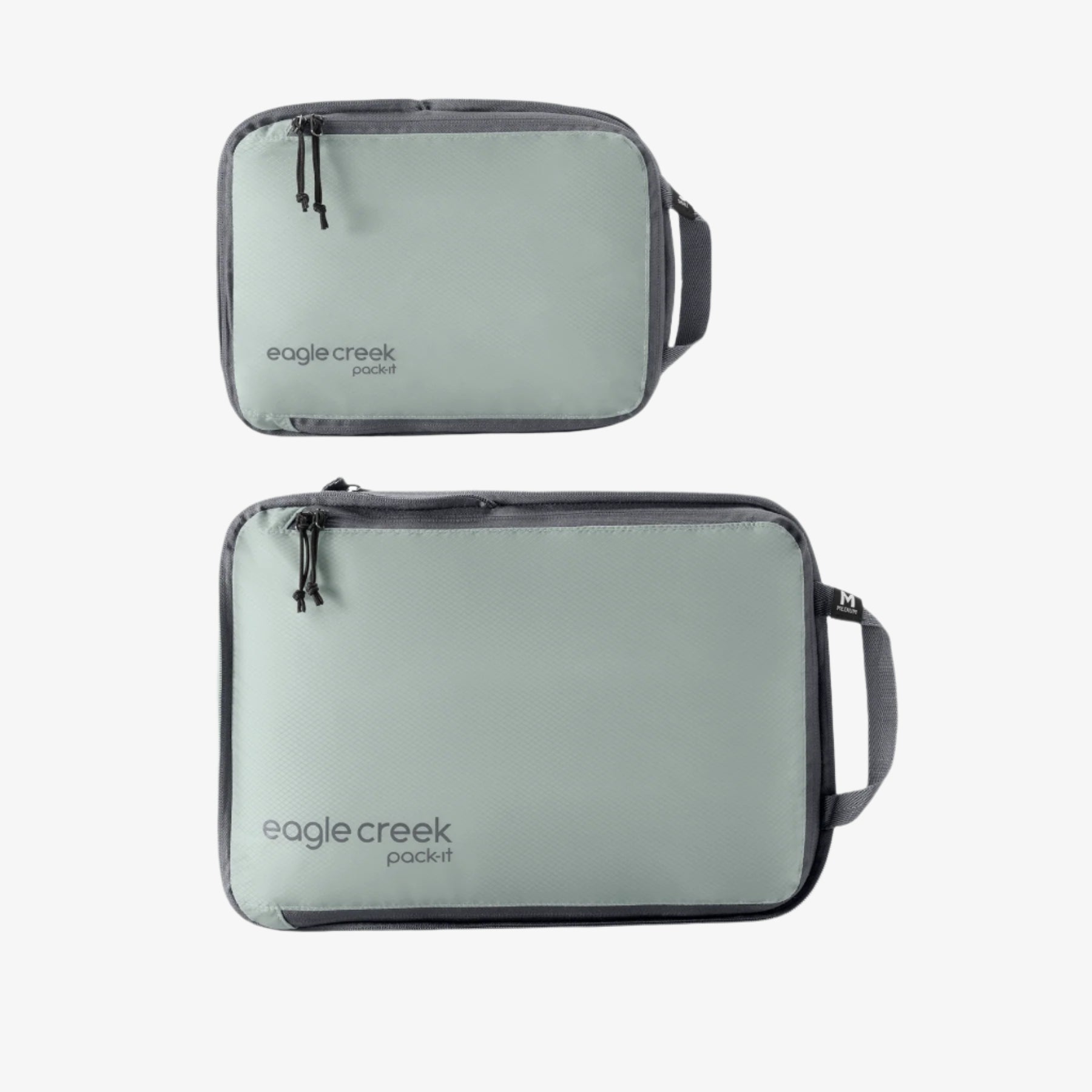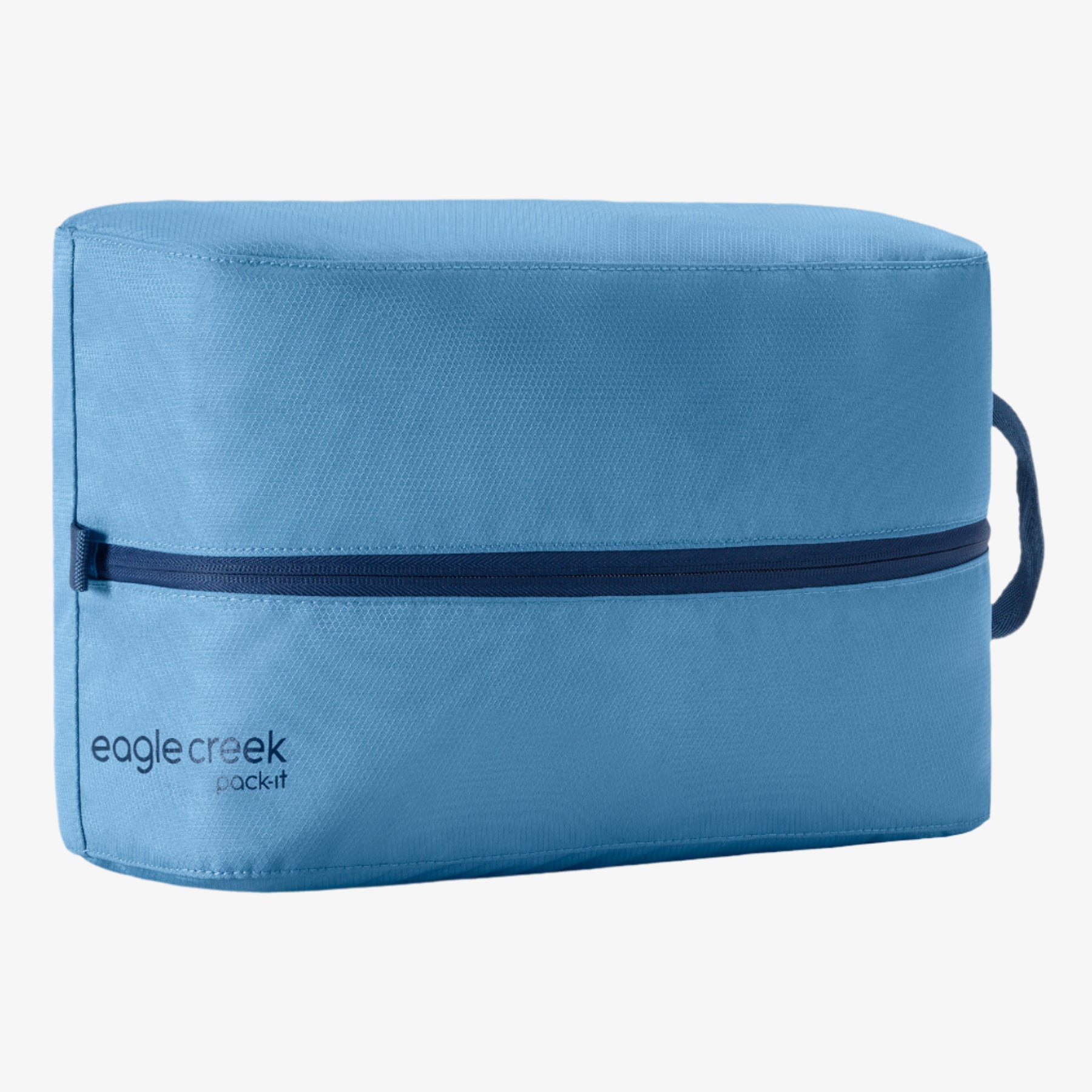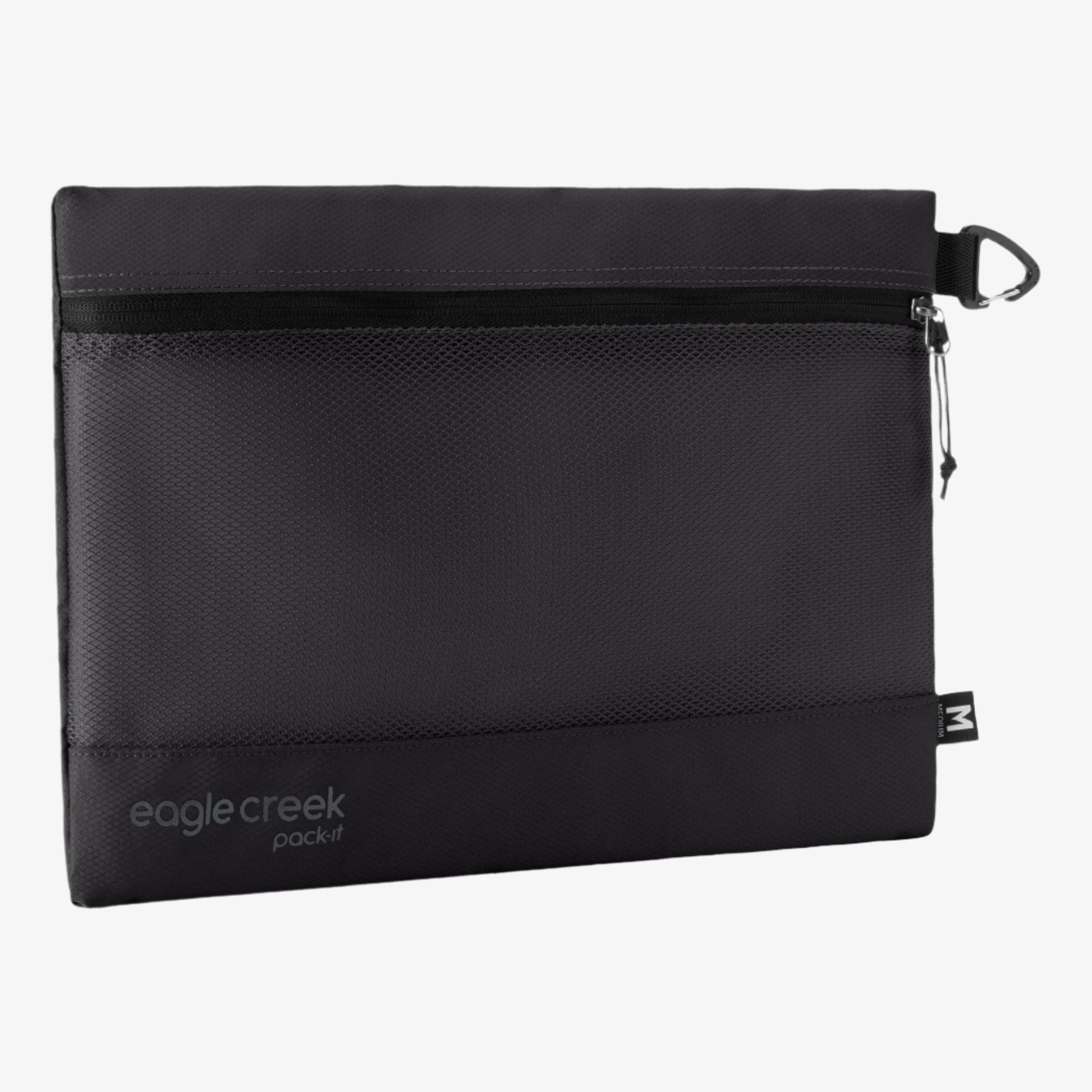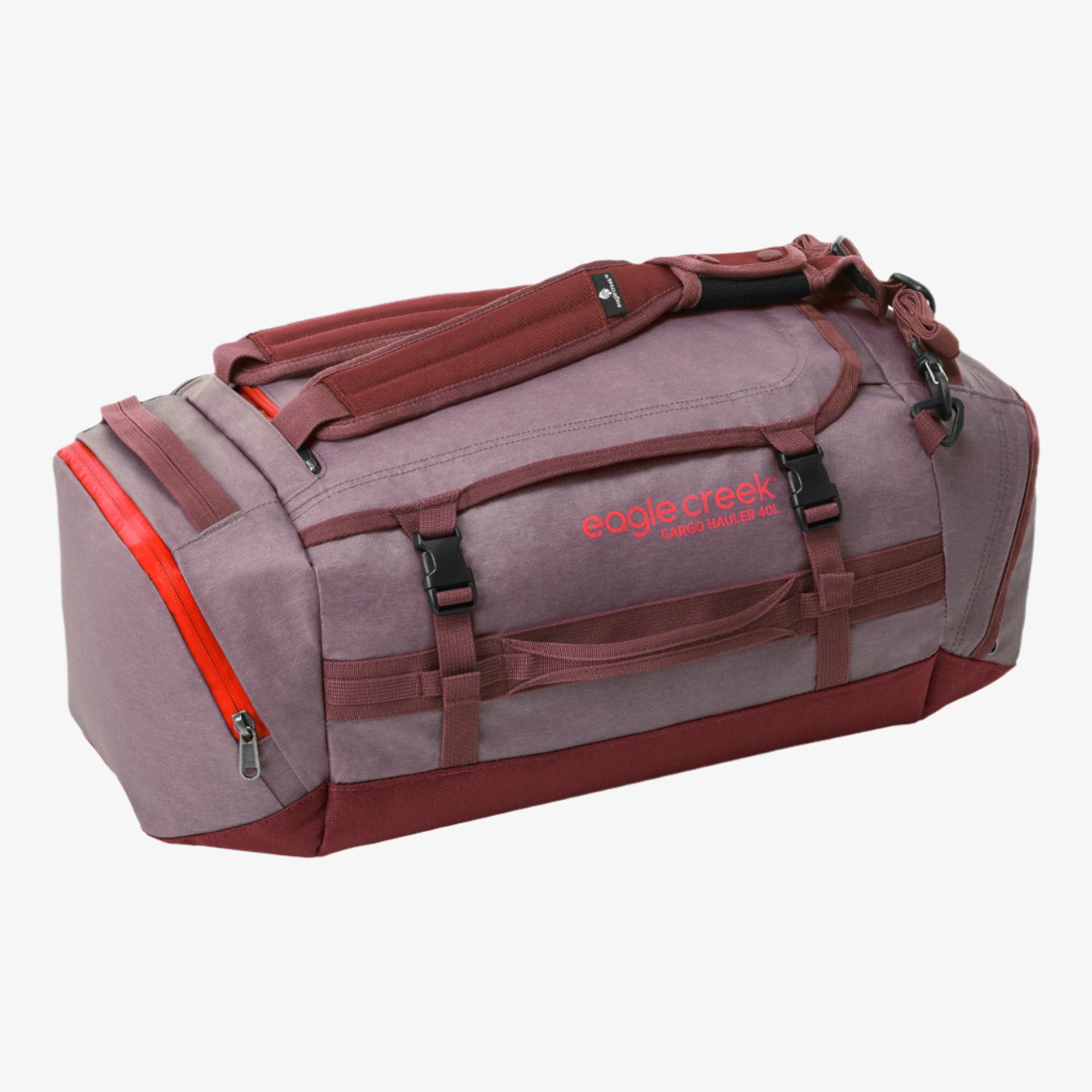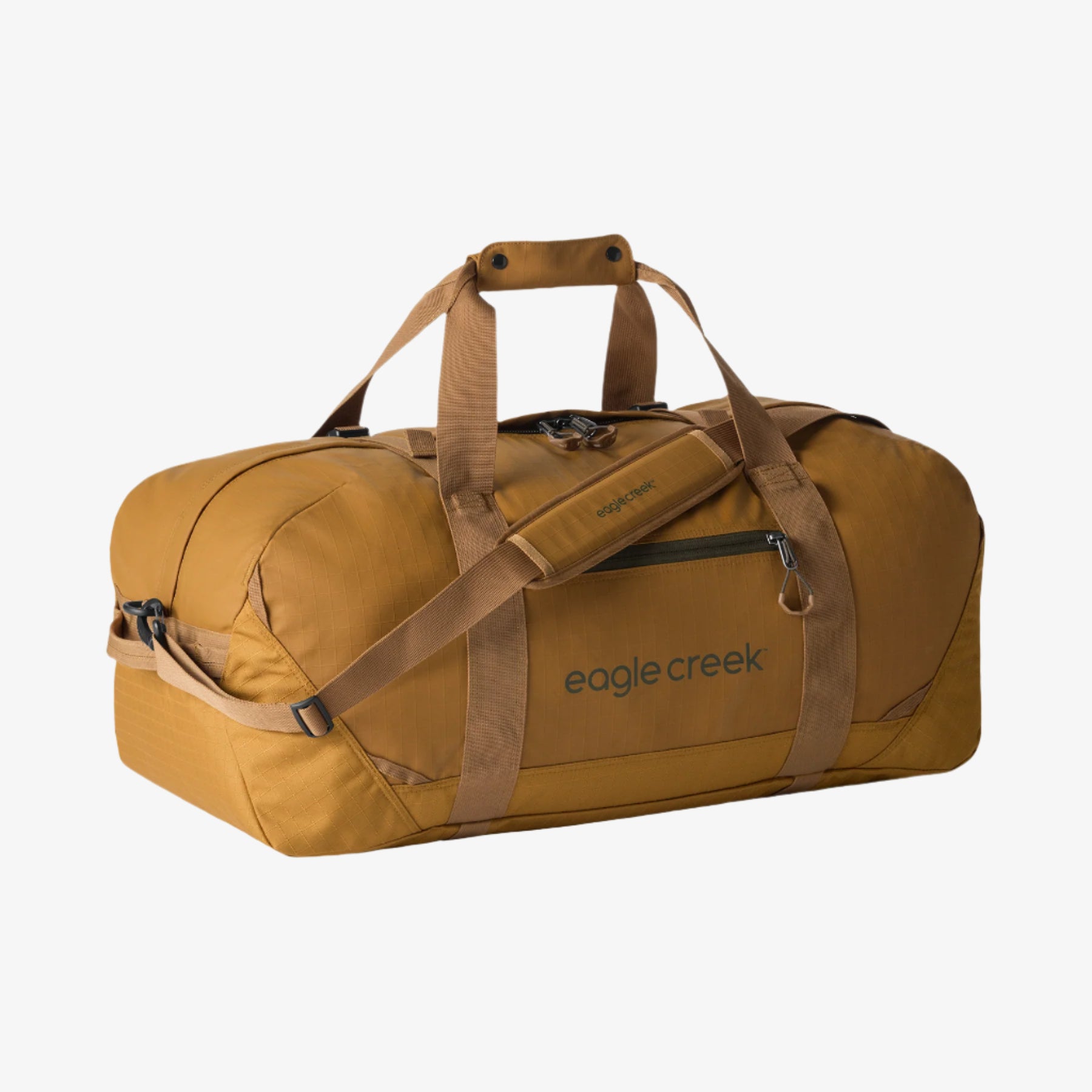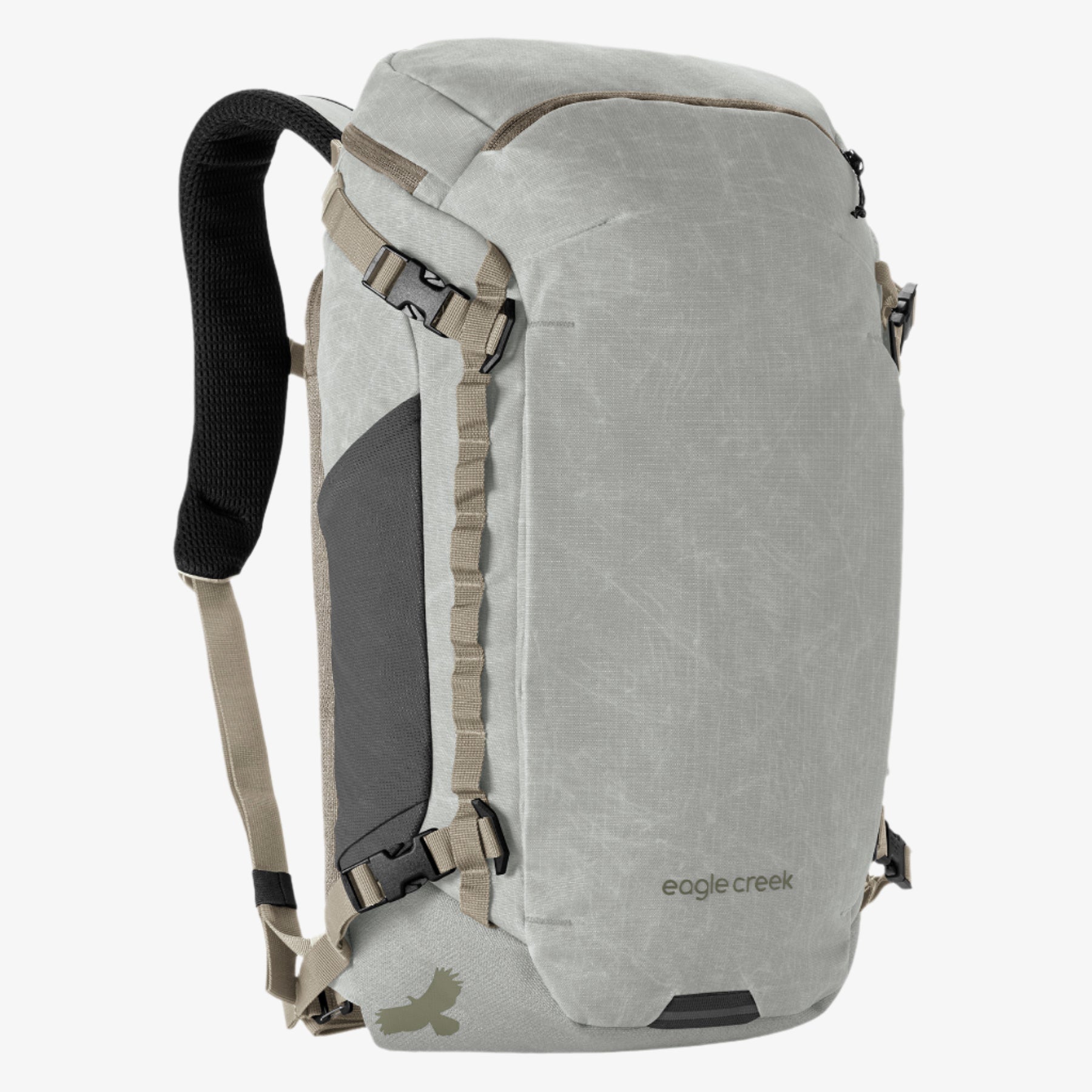
Looking for a way to keep your accommodations and transportation self-contained while exploring? Try replacing your road trip with overlanding.
What should you do when you can’t travel far but you’re ready to get out and away? If you would prefer to keep your travel and lodging self-contained this summer, consider overlanding. Put aside your visions of driving across the African savannah in a 4X4 or living in a solar-powered campervan as you drive cross country.
Instead, consider this overlanding light. You’ll stay closer to home—avoiding those long and germy plane flights—and do a shorter trip than hardcore overlanders might. It’s a good way to try out this style of travel before you invest in the rugged vehicle and equipment you would need for an extended trip into the deep wilderness.
Here's what you need to know to plan your first overlanding adventure.
What is Overlanding?
Overlanding is traveling by road to remote locations and being as self-sufficient as possible in terms of cooking, eating, and sleeping. The point is outdoor adventure and beautiful scenery.
It’s different from a standard road trip in that Overlanders consider the point to be the journey itself, not a destination. You travel more remote roads, venture into more distant parts of state or national parks, you stop where you want to and move on when you’re ready.
“You’re exploring the unknown, leaning into the adventure and being in the moment,” says Hilary Bird, a vanlifer and blogger who has been traveling and working remotely for nearly a year.
Overlanding requires the ability to improvise, be resourceful and to be in the moment. But the payoff is a vacation that really takes you away from it all and ideally delivers amazing scenery and a memorable trip.
Tips for Your First Overland Adventure:
What to Drive
Some people overland in their cars, perhaps with a tent to sleep in. Others use an SUV or flatbed track, maybe rigged with a pop-up tent for the rooftop or a camper attachment in the flatbed, respectively. Some rent small campervans, or compact RVs. A company called LIL'RV, rents out minivans that are cleverly retrofitted into very compact campers where you can cook and sleep; they have three locations in California and Las Vegas.
“Don’t get hung up on the kind of car you have; any car will do,” says Tyler Bech, founder of Guzzle H20, which makes water purifying products for overlanders. “But know the limits of your vehicle and make sure it’s in good shape.”
Have a spare tire or two, tire-changing equipment, an air compressor, self-charging jumper cables, and some basic tools. Absolutely know how to change a flat, and being able to do minor car repairs will help. Ideally your overlanding will take you places where your cell phone won’t work and you can’t just call AAA if your car acts up.
How to Pack
Packing for an overland trip takes some strategizing since it’s a bit more involved then packing for a road trip. The more food, water, and extra gas you have, the deeper into the backwoods you can go and the longer you can stay in a place you like. And you need to have the right clothes for the weather you’ll face.
But you have to be able to fit everything you need in a compact space and you don’t want to have to unpack your entire trunk every time you need an item.
Most experienced overlanders suggest a lot of pre-planning and list-making. Plan a route, know where you’ll be able to find gas, where you’ll find groceries, and where you might stop to sleep and cook.
Once you know how much food and water you’ll need for each leg of your journey, add an extra day’s worth in case weather, a breakdown, or something else delays you.
Then, have a system of packing that allows you to know where everything is and to access it easily. Packing cubes like the Pack-It system are ideal for this trip. In addition to compressing your clothes so they take up less space, they’re extremely handy for organizing loose items for your traveling kitchen, like utensils, a fire-starting kit, or cooking spices. Keep your travel coffee maker, beans, sugar, and two mugs all together to make your morning easy.
A few big bags with lots of compartments help, too. A bag like the ORV Trunk can handle being tossed in and out of a car. It has compartments to keep shoes and dirty clothes away from clean clothes and places to hook things on the outside, like say, a toiletry bag you want to keep handy.
The durable and water-repellent Cargo Hauler duffel bag is ideal for stowing gear; one for cooking gear, another for bedding and other gear. And it integrates well with the Pack-It system to keep you super organized. Labeling bags and packing cubes will make finding things even easier.
Make a list and double check so you don’t forget anything. And make sure your gas and water jugs are closed tightly and packed securely and upright.
A backpack like the Caldera travel pack is handy to keep in the front seat with you. Use it to organize maps and guidebooks, keep water and snacks handy, and protect your laptop, camera, and other gear.
What to Pack
Aside from the usual camping supplies, you’ll want a good GPS for when you have no cell service, and waterproof paper maps in case your GPS fails you.
Other items overlanders find extremely useful include a headlamp (to keep your hands free), a propane camp stove, mosquito nets, portable chargers, something to filter water, and extra blanket, towels, and rags (for cleaning everything from spills to muddy feet).
A good book, a deck of cards, and your favorite game will come in handy for that unexpected rainy day.
You’ll need toilet paper and a trowel for those times when the nearest bathroom is miles away. And know where to find hot springs, community pools, and even spas along your route for those times when you need a hot shower and a little pampering.
Count on your trip costing $30 to $50 per person per day for expenses. A lot will depend on how far you drive, how well you eat, and whether you pay for the occasional campground or hotel night.
Bech advises, “It’s important to pack good food. One of the fun parts about overlanding is living in an outdoor environment. Having good food makes the experience a lot more fun, whether that means finding a local restaurant along the way or planning delicious camp meals.
In addition to fresh ingredients you pick up along the way, make sure you have plenty of nutritious staples like protein bars, nut butters, dried fruit, cereal, shelf-stable milk and some MREs (which you can buy in outdoor stores) or foods that just need hot water. A small stash or beer or wine to enjoy at the end of a long day will help to keep morale up.
Best Overlanding Destinations
Although van camping and overlanding is popular internationally, there are many wide-open spaces in the U.S. and Canada. “In the Western States particularly, there are plenty of places to legally camp for free on public land,” says Diane Vukovik, who runs the blog Mom Goes Camping. “I’d recommend choosing routes that are a loop so you don’t have to backtrack. The North Cascades loop (Washington) and Mount Hood to Columbia River Gorge loop (Oregon) are particularly stunning.”
National and state parks are great. In particular, research park areas that require permits or that are well away from the main entrance most visitors use. National Forests, National Monuments, and Bureau of Land Management areas are good places to find great views and not many people.
“Places like Wyoming, Idaho, and Montana are underrated and pretty great. Maine can be a great area to overland because there are so many tucked-away campgrounds, resorts, and small towns that put you close to nature,” says Paul Johnson, the editor of North Outdoors.
The overlanding community has a lot of resources for first-timers. Here are a few to get you started:
● A guide to free camping in the USA
● A guide to overland routes for beginners
● A list of overland clubs
● 9 essential overlanding apps
● A round-up of more good resources
● Communities and forums: Northwest Overland, Overland Bound, The Overlander
Overlanding is the perfect adventure for those ready to explore the outdoors off the path and away from the crowds. So what are you waiting for, pack your bags and find your unknown .
Related Posts (from the Eagle Creek blog)
The Ultimate Colorado Road Trip
8 Great U.S. National Park Bike Trails
Why You Should Visit U.S. National Parks in the Offseason

